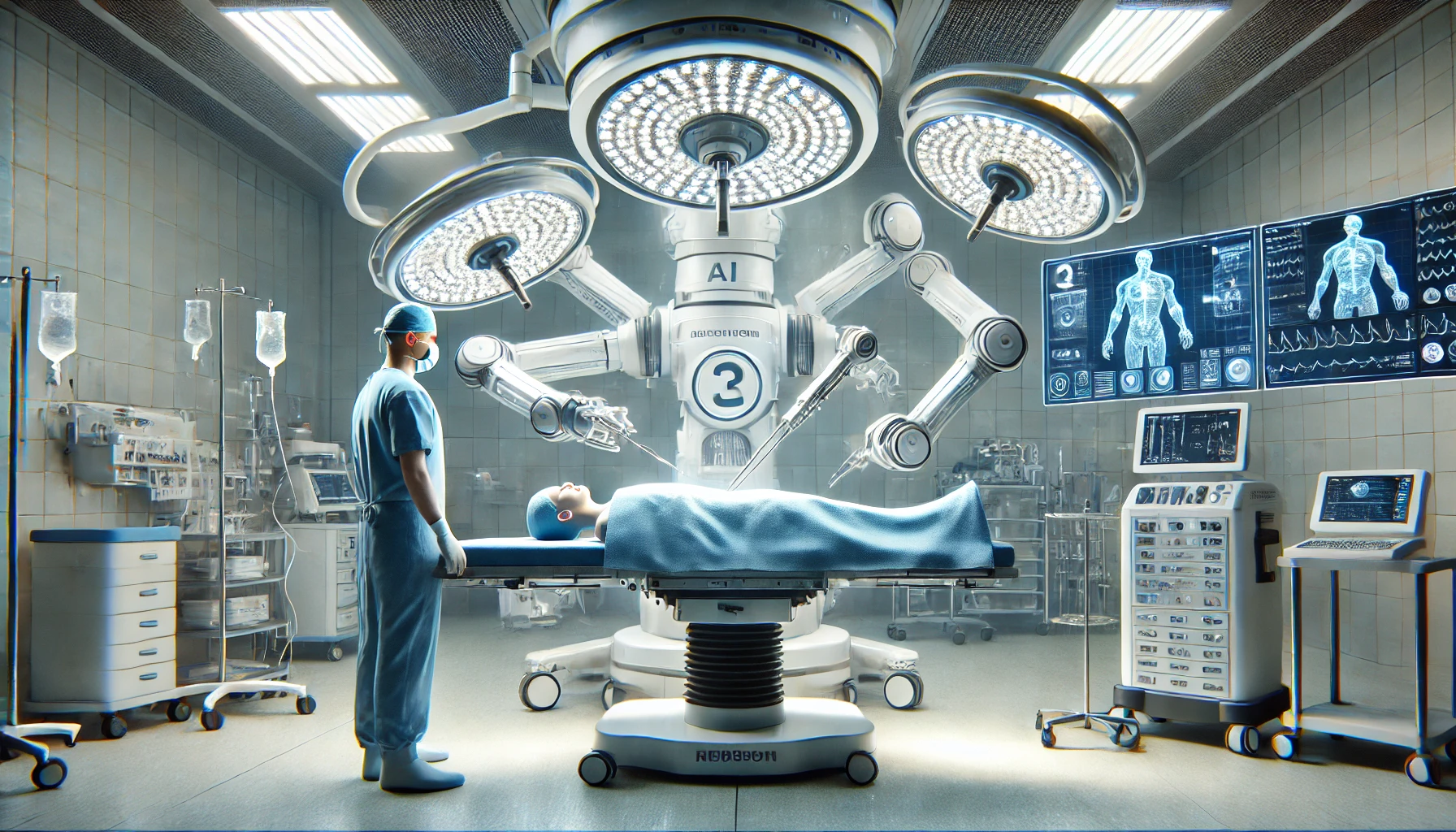AI-Powered Surgical Robots: Revolutionizing the Future of Minimally Invasive Surgery

Introduction to AI-Powered Surgical Robots
Picture this: you’re lying on an operating table, nerves kicking in, but instead of a human surgeon holding the scalpel, there's a robot guided by artificial intelligence. Sci-fi movie? Nope, it's the present and future of minimally invasive surgery! AI-powered surgical robots are taking the healthcare world by storm, offering precision, reducing recovery time, and making surgeons' jobs easier (and who doesn’t want an easier job?)
How AI-Powered Surgical Robots Work
So how do these robots work? No, they’re not like Wall-E with a medical degree. These machines are packed with sensors, cameras, and state-of-the-art software designed to enhance a surgeon’s skill. Think of it as giving surgeons superpowers—AI analyzes data in real time, helps predict surgical outcomes, and even assists in making those tiny, delicate incisions with robotic arms that don’t tremble after a long day at work. It’s like having the calmest, most focused assistant in the world, one that doesn’t get distracted by the sound of a stomach growling during a long procedure.
Advantages of AI-Powered Surgical Robots
What’s all the buzz about? Well, let’s break down the advantages. First off, precision. AI-powered robots can make incisions so small and accurate that your body barely knows what happened. This means less blood loss, fewer scars, and a shorter recovery time. You could be back on your feet (and back to binging your favorite shows) in no time. Secondly, these robots bring a new level of consistency. Unlike humans, who might get tired, these AI-powered bots are always in top form, ready to assist in surgery after surgery without missing a beat.
Challenges in Using AI-Powered Surgical Robots
Of course, not everything is perfect in robot-land. There are challenges, too. For starters, these machines aren’t cheap. Hospitals need to invest serious dollars to bring in AI-powered robots, and training surgeons to use them takes time. Not to mention, the tech is still evolving. While robots are impressive, they aren’t exactly ready to replace human surgeons. Surgeons still have to control these machines and oversee the entire operation. So if you were worried about robots taking over—nope, we’re not quite there yet. Another concern? The risk of malfunctions. What happens if the robot has a glitch? Well, that’s why there’s always a human surgeon to step in when needed!
Real-Life Examples of AI-Powered Surgical Robots
One shining example is the da Vinci Surgical System. This robot allows surgeons to perform complex surgeries using just a few small incisions. It’s been around for over two decades and is often referred to as the pioneer of robot-assisted surgery. More recent innovations include systems like the Versius robot, which takes a more modular approach to surgery, giving surgeons flexibility in how they use robotic arms. These systems are changing the game for surgeries ranging from heart procedures to gallbladder removals and even cancer treatments.
The Future of AI-Powered Surgical Robots
What does the future hold? Experts predict that as AI gets smarter, these robots will become even more autonomous. Imagine a robot that not only assists but also diagnoses and suggests the best course of action based on a patient’s specific data. It sounds wild, but it’s closer than we think. Personalized medicine is on the horizon, and AI is set to play a major role in making treatments tailored to individual needs. It’s like having a medical team made just for you, except one of them is a super-intelligent robot!
Are AI-Powered Surgical Robots Right for You?
The big question: should you opt for a surgery involving AI-powered robots? It depends on the procedure and your comfort level with technology. While these robots are designed to assist surgeons, the human element remains crucial. Most surgeries performed with these robots have shown excellent outcomes, but like any technology, there’s always room for improvement. So, next time you’re discussing options with your doctor, don’t be afraid to ask about the robot in the room. It might just be your ticket to a faster, less invasive surgery. Would you feel more comfortable knowing a robot has your back in the operating room?



